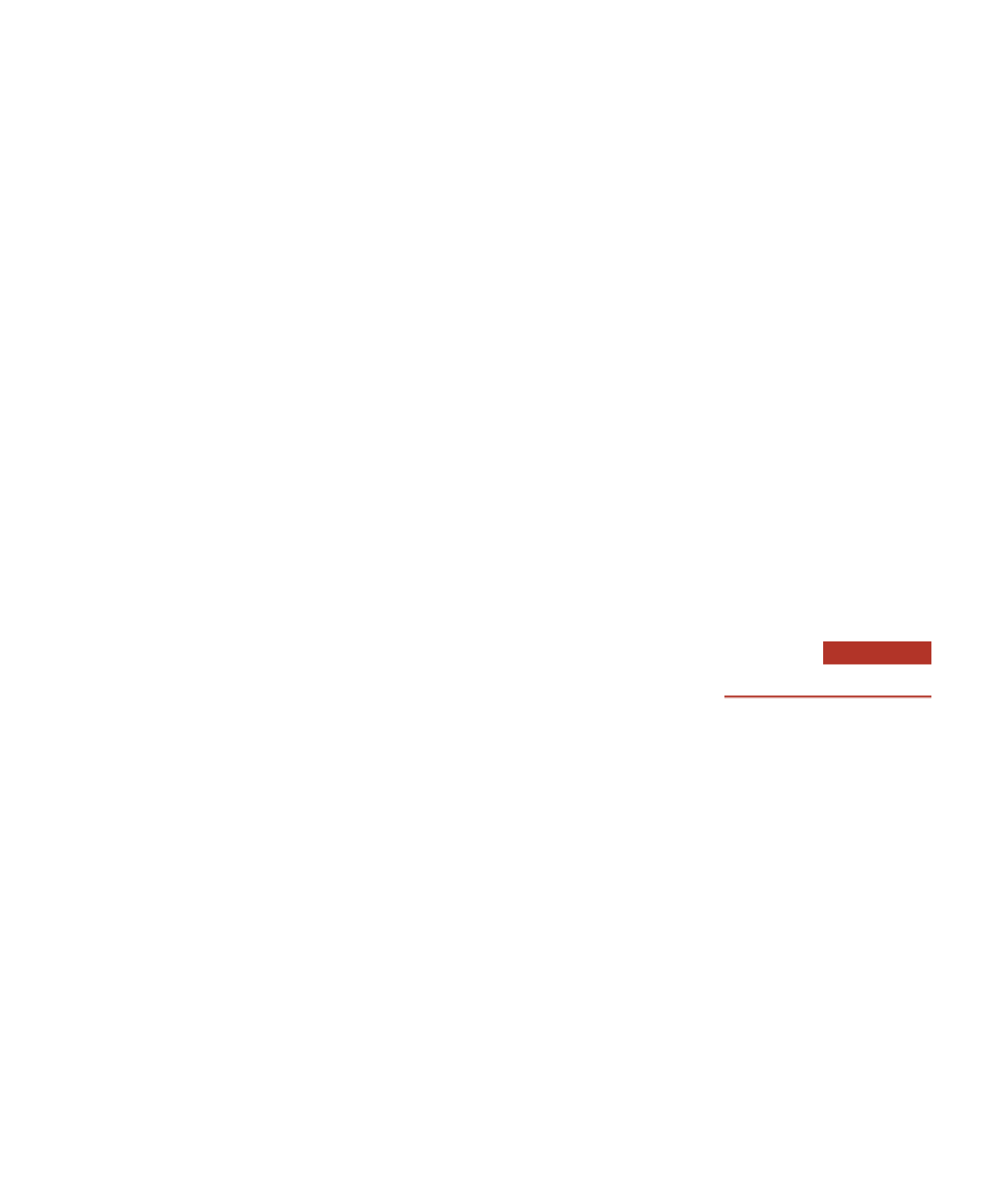Information Technology Reference
In-Depth Information
Identifying Sources of Data
Data collection begins by identifying and locating the various sources of data, including both
internal and external sources (see Figure 12.16).
Figure 12.16
Internal
Sources
External
Sources
Internal and External Sources of
Data for Systems Analysis
Users, stakeholders,
and managers
Customers
Suppliers
Organization
charts
Stockholders
Forms and
documents
Government
agencies
Procedure manuals
and policies
Competitors
Outside groups
Financial
reports
Journals, etc.
IS manuals
Consultants
Other measures of
business process
Collecting Data
After data sources have been identified, data collection begins. Figure 12.17 shows the steps
involved. Data collection might require a number of tools and techniques, such as interviews,
direct observation, and questionnaires.
Figure 12.17
Identify data sources
The Steps in Data Collection
Data collection
Follow-up and clarification
Interviews can either be structured or unstructured. In a
structured interview
, the ques-
tions are written in advance. In an
unstructured interview
, the questions are not written in
advance; the interviewer relies on experience in asking the best questions to uncover the
inherent problems of the existing system. An advantage of the unstructured interview is that
it allows the interviewer to ask follow-up or clarifying questions immediately.
With
direct observation
, one or more members of the analysis team directly observe the
existing system in action. One of the best ways to understand how the existing system func-
tions is to work with the users to discover how data flows in certain business tasks.
Determining the data flow entails direct observation of users' work procedures, their reports,
current screens (if automated already), and so on. From this observation, members of the
analysis team determine which forms and procedures are adequate and which are inadequate
structured interview
An interview where the questions
are written in advance.
unstructured interview
An interview where the questions
are not written in advance.
direct observation
Watching the existing system in
action by one or more members of
the analysis team.








